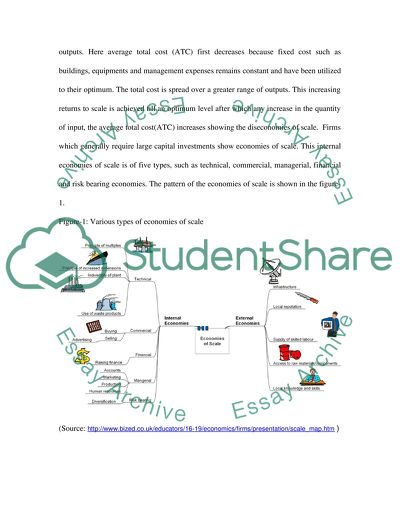Cite this document
(Economies of Scale Assignment Example | Topics and Well Written Essays - 2250 words, n.d.)
Economies of Scale Assignment Example | Topics and Well Written Essays - 2250 words. Retrieved from https://studentshare.org/macro-microeconomics/1533853-economies-of-scale
Economies of Scale Assignment Example | Topics and Well Written Essays - 2250 words. Retrieved from https://studentshare.org/macro-microeconomics/1533853-economies-of-scale
(Economies of Scale Assignment Example | Topics and Well Written Essays - 2250 Words)
Economies of Scale Assignment Example | Topics and Well Written Essays - 2250 Words. https://studentshare.org/macro-microeconomics/1533853-economies-of-scale.
Economies of Scale Assignment Example | Topics and Well Written Essays - 2250 Words. https://studentshare.org/macro-microeconomics/1533853-economies-of-scale.
“Economies of Scale Assignment Example | Topics and Well Written Essays - 2250 Words”, n.d. https://studentshare.org/macro-microeconomics/1533853-economies-of-scale.


